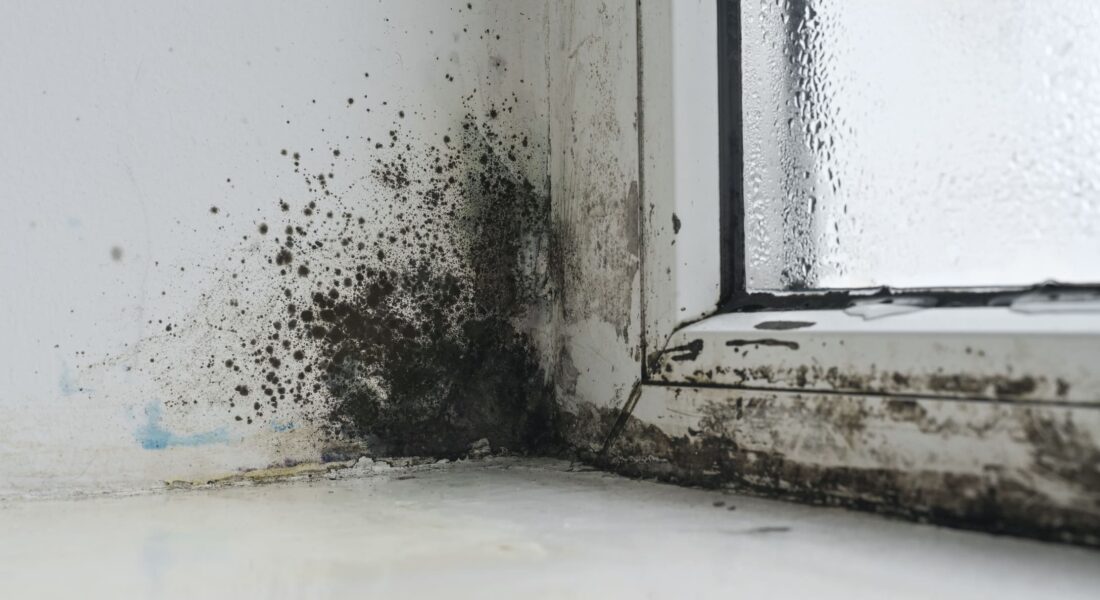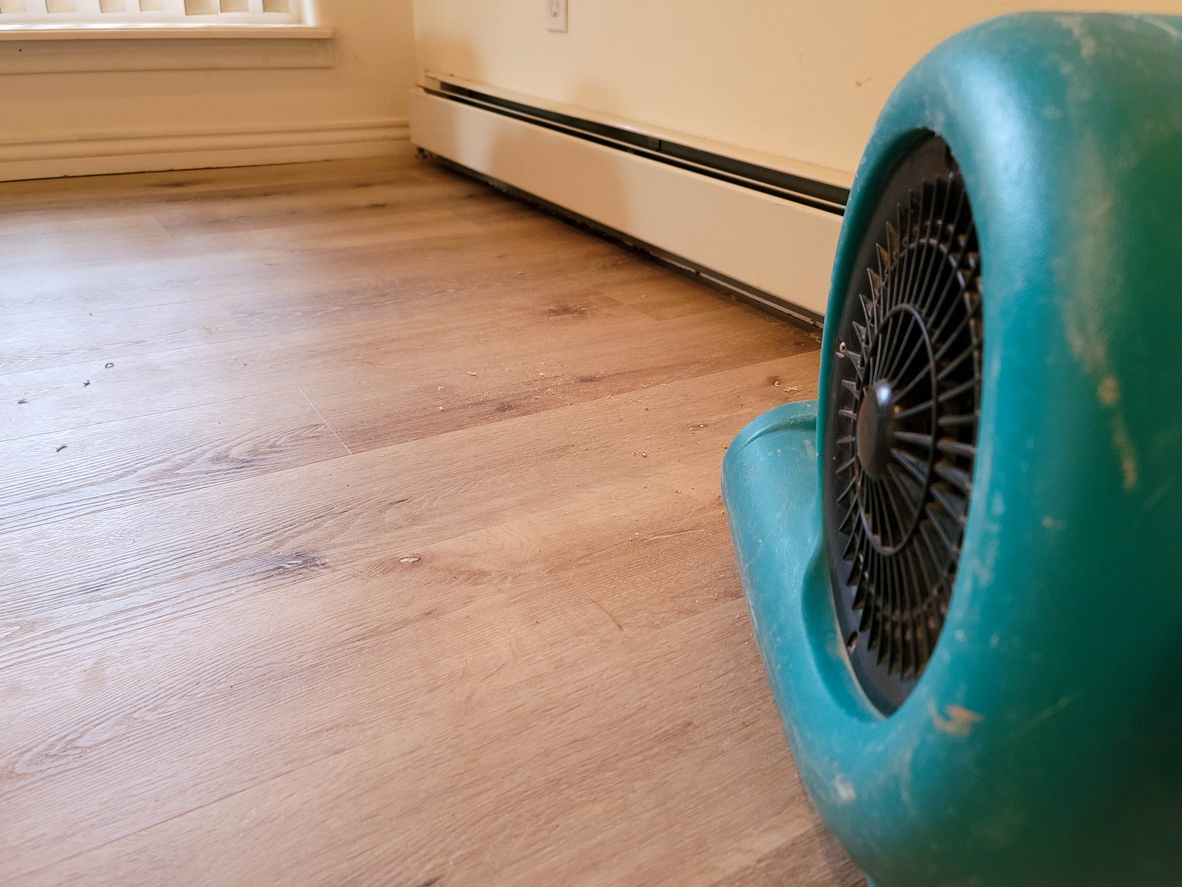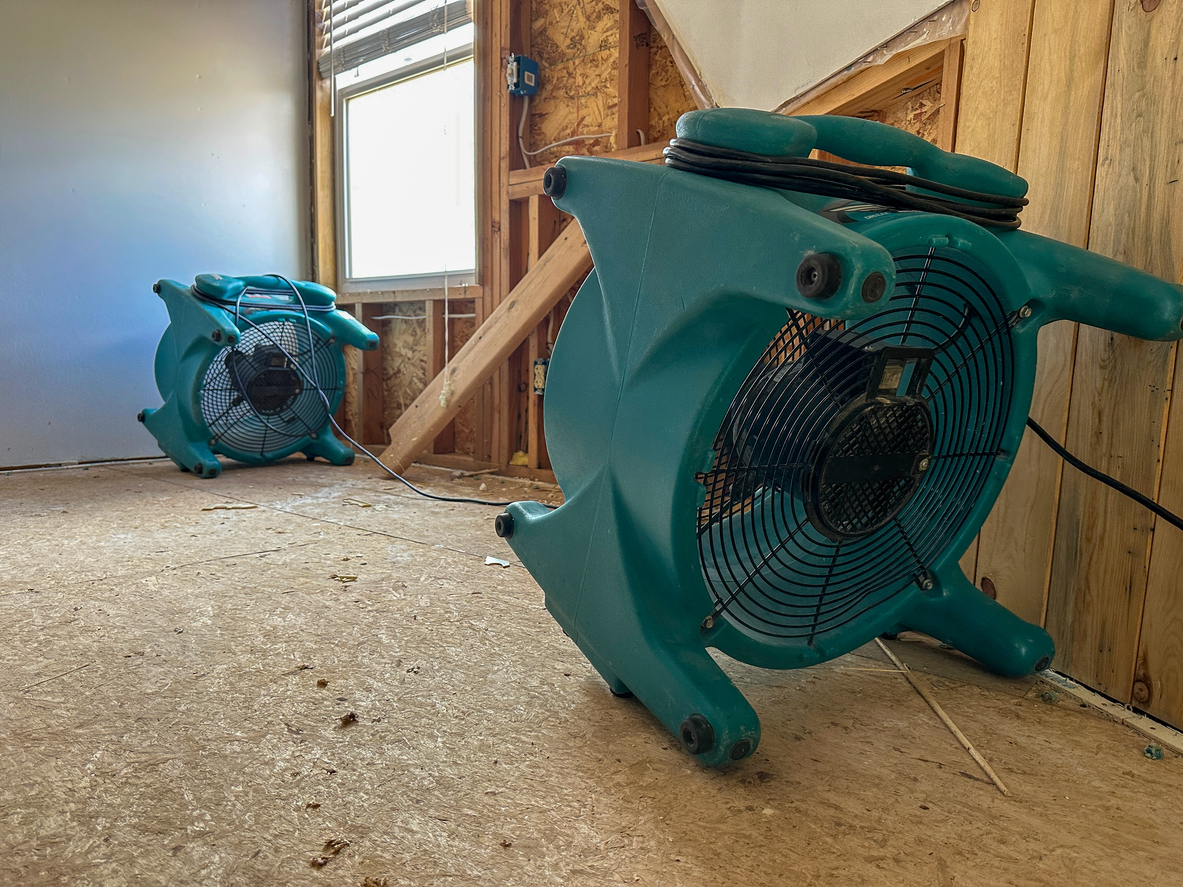When water damage strikes your home or business, quick action is critical. Whether caused by a burst pipe, storm flooding, or an appliance leak, excess water creates the perfect environment for mold growth.
But how soon does water damage turn into a health hazard? The answer is — much faster than most people realize.
The Timeline of Mold Growth
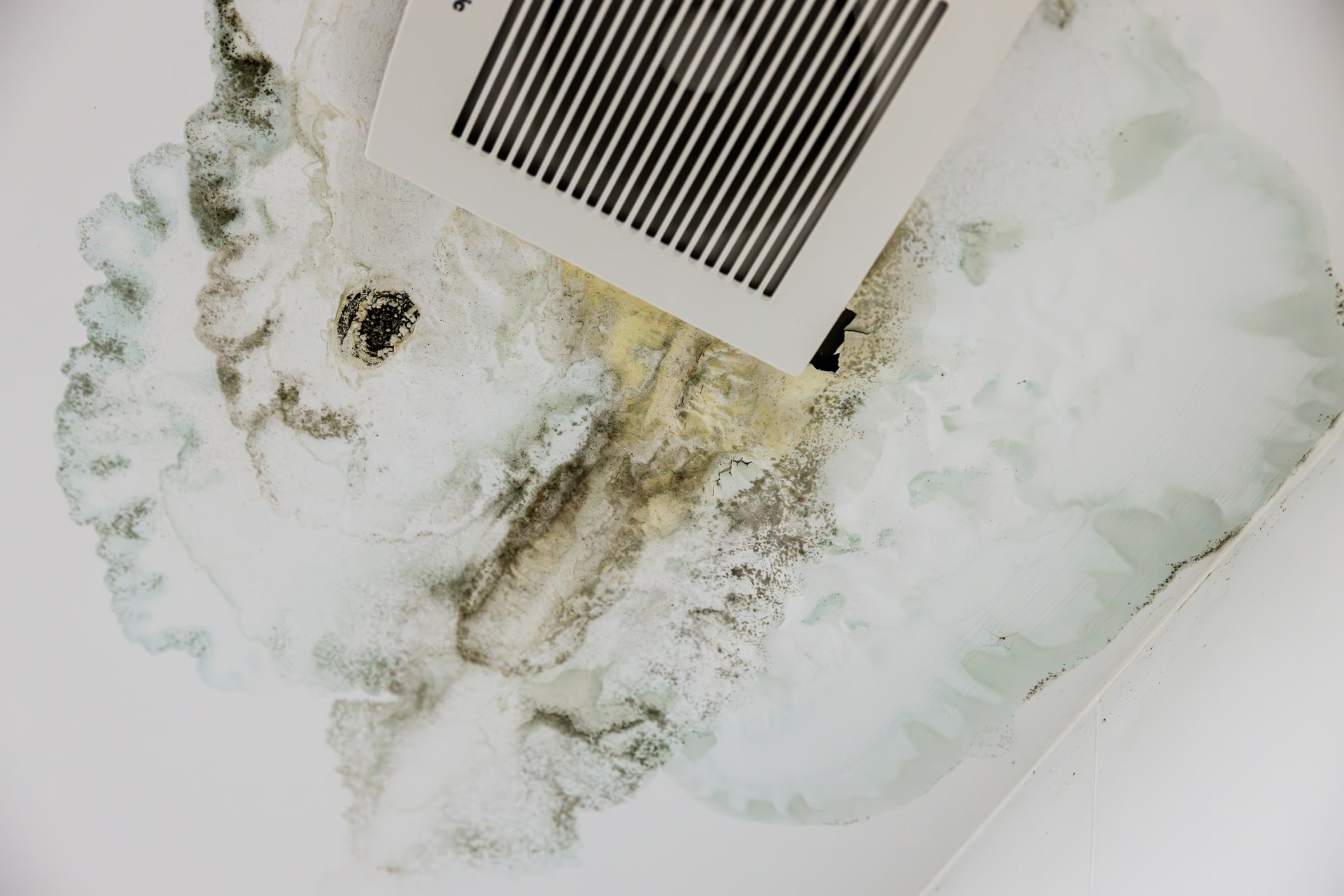
Mold spores are everywhere, but they need moisture to thrive. After water damage, mold can begin growing within 24 to 48 hours. If not addressed, it can spread rapidly through drywall, flooring, insulation, and even furniture. Within a week, a minor leak can escalate into a widespread infestation.
Because mold often grows in hidden places — behind walls, under carpets, and in air ducts — many property owners don’t realize the problem until it becomes visible. By then, spores may already be circulating in the air and posing health risks.
Health Risks of Mold Exposure
Not all mold is toxic, but nearly all types can affect human health if exposure is prolonged. The severity depends on the type of mold, the amount, and an individual’s sensitivity.
Common health issues linked to mold exposure include:
- Allergic Reactions: Sneezing, runny nose, watery eyes, and skin irritation.
- Respiratory Issues: Coughing, wheezing, and shortness of breath.
- Asthma Flare-ups: Especially in children and adults with pre-existing conditions.
- Headaches and Fatigue: Caused by ongoing exposure.
- Severe Risks: Some molds, like black mold (Stachybotrys chartarum), can produce mycotoxins that lead to more serious health problems.
Pro Tip: Infants, seniors, and people with weakened immune systems are especially vulnerable. That’s why acting fast is crucial. Professional mold remediation services have a plan and are ready to eliminate mold ASAP.
Learn more about emergency mold response plans here: Why Mold Remediation Services Need a 24/7 Emergency Response Plan
Why Immediate Action Matters
The longer water damage sits untreated, the greater the risk to both your property and your health. Even if surfaces appear dry, moisture can remain trapped beneath flooring or inside walls, fueling hidden mold growth. DIY cleanup methods — like fans or household cleaners — usually aren’t enough to eliminate the problem completely.
Pro Tip: Professional water damage restoration not only removes standing water but also uses specialized drying equipment and antimicrobial treatments to prevent mold before it becomes a serious issue.
Learn why you should always use a professional service here: Top 10 Reasons Why You Should Use a Professional Restoration Service
Preventing Mold After Water Damage
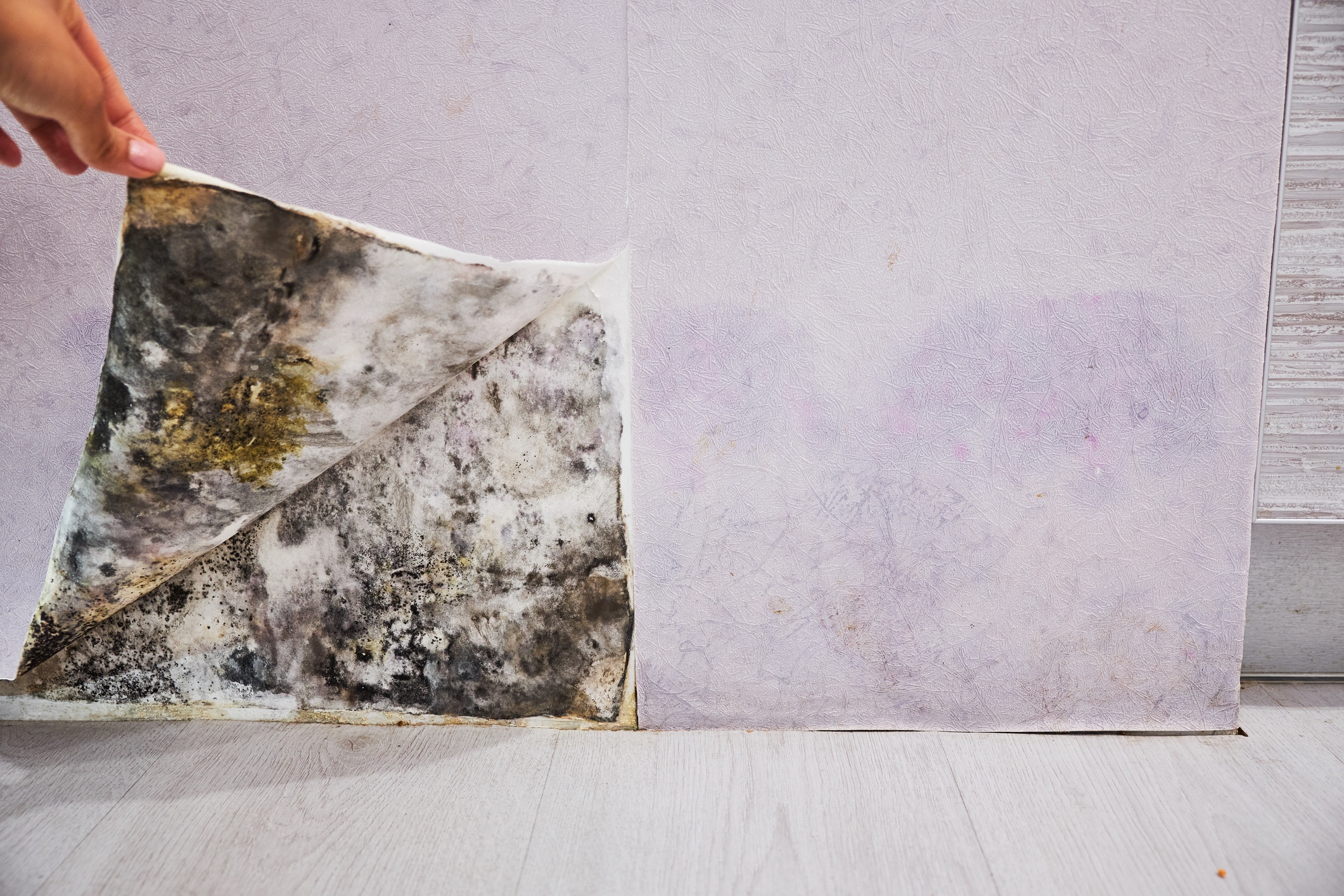
To reduce the risk of mold and protect your family’s health:
- Address leaks immediately — don’t wait to see if they dry out on their own.
- Contact professionals within 24 hours of water damage for proper cleanup.
- Improve ventilation in bathrooms, kitchens, and basements to keep moisture levels low.
- Monitor high-risk areas like crawlspaces and attics regularly.
The Bottom Line
Mold can begin forming just one day after water damage and quickly turn into a health hazard. If your property suffers a leak, flood, or burst pipe, fast action is the best defense. Protecting your home and family starts with professional cleanup and restoration.
At 24 Hour Flood Pros, our team is available around the clock to respond quickly, remove water safely, and prevent dangerous mold growth before it takes hold. Don’t wait — call us today for immediate help!

